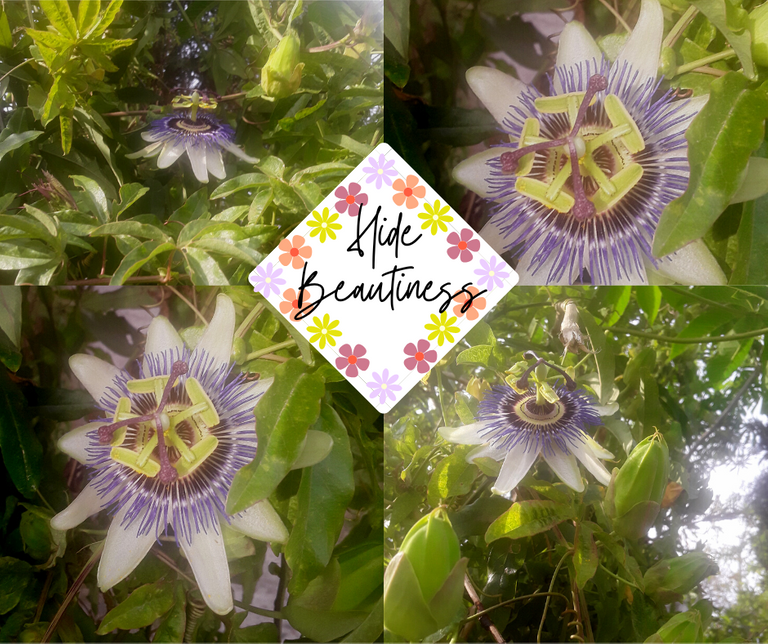
Today I am once again active as a "flower hunter" in the community where I live. I have found it an exercise to look beyond the ordinary, and search in the same landscapes that I travel from home to work, for something new to brighten my day.
Here in Argentina, spring has just arrived. The cold fronts are behind us or have moved north of the earth. And although there were a couple of cold days due to the rains, the warm sun and light breezes are present most of the day.
It is nice to see how nature takes possession of its favorite season, and both flora and fauna take advantage of these months to carry out their life cycle in the best possible way, spreading not only their seeds and reproducing, but delivering to the world the beauty of their colors, shapes and sound harmonies from the birds that abound in the skies.
Green is the color that becomes "fashionable" in all the gardens, and the flowers in competition, come out one more beautiful than the other, as if it were a beauty contest, in which, in my opinion, they are all winners.
Each corner shows its natural beauty, and if they are plants that do not produce flowers, they are still adorned with a wide foliage and an intense green, very different from the one that is placed in autumn or winter.
There are also the species that grow out of control and are pruned thanks to the free service offered by the municipalities in each district of the province of Buenos Aires, before they get out of control.
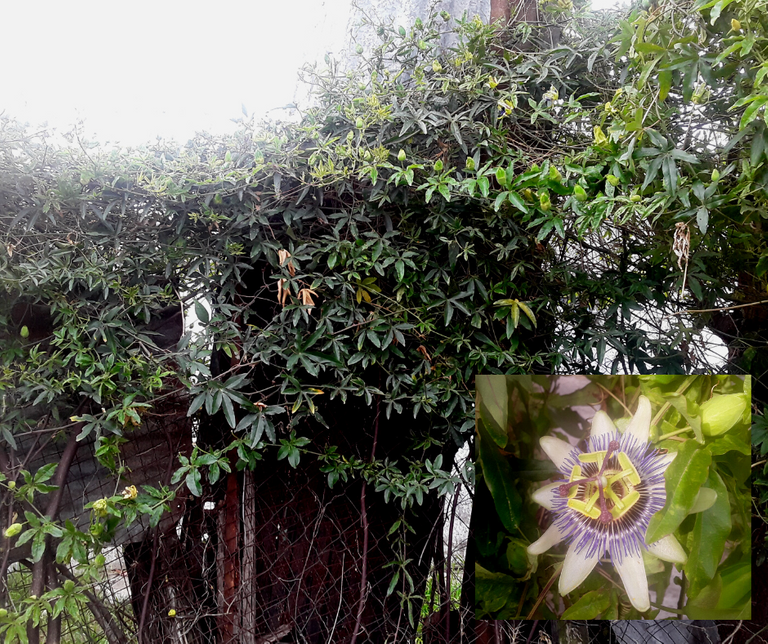

These beautiful lilac to purple flowers are the hidden treasure of one of those climbing species that take over the fences of houses if you are careless. At first, it seems that it is just a parasitic plant that you have to go out and prune immediately, until you see the buds among its branches, and I, particularly, was intrigued to see what would come out of them.
So every day I spent watching for the bloom, until a couple of days after noticing them, I came across this beauty.
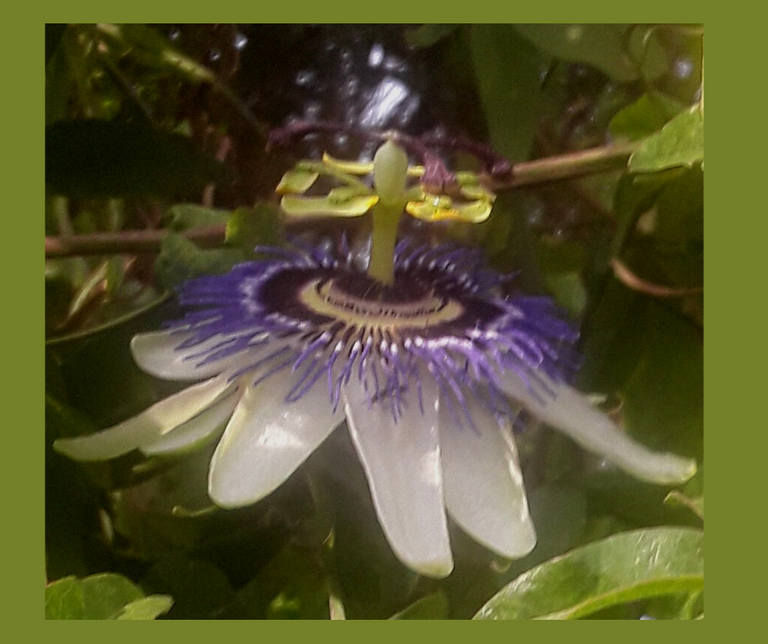

They are wild flowers, but with a double beauty, since their center protrudes in two more layers, a yellow one in the middle and the first one consists of three purple pistils.
There are usually many buds, but not all bloom at the same time, so there is always a new one adorning the fence where this plant decided to grow.
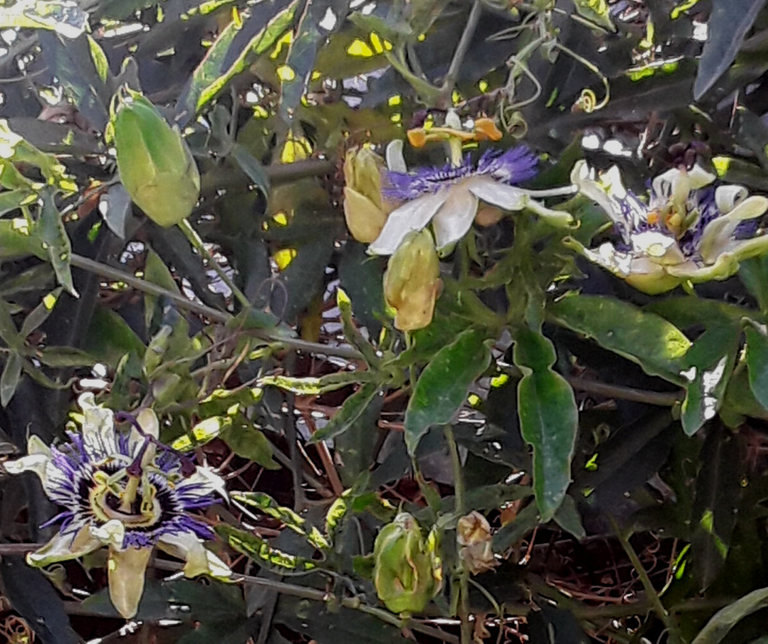

And as a finishing touch, you can't miss the bumblebees that come to visit these flowers. The sound of their moving wings generate a sometimes deafening noise, and if you decide to get closer, they scare you by swooping down on you in free fall, so I better photograph them from afar.
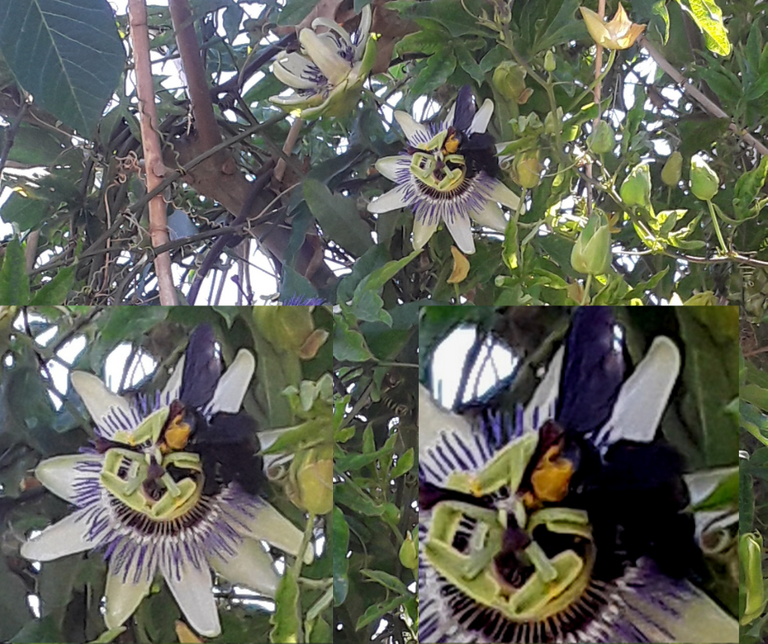

Nature, although many do not take it seriously enough, teaches us wisdom in every action it takes. In this case, the learning from my flower hunt, was not to show your full potential at the first time, you should always leave an expectation that surprises others of your great capabilities to flourish in life.


Pictures were taken with my Samsung Galaxy J2 Core
Fotografías y separador/ Photografy & banner: @mamaemigrante Custom avatar created by me in BitmojiEdición/Edition by: @mamaemigrante on canvaTraducido por/ translate with: www.deepl.com/translator (free version)
What a beautiful flower I love the combination with purple, spring is a season where flowers are beautiful.
Son hermosas y extrañas estas flores amiga. Su color y forma me encantan.
Pero a menos que sean iguales, no es una planta debsolo flores silvestres, es una enredadera de un fruto tropical entre dulce y ácida, nuestra amada Parchita o fruta de la pasión.
Así que pronto podrás pasar y disfrutar de sus frutos.
Me has puesto a pensar con este comentario, ya que se parecen las flores, pero esa enredadera la he visto ahí el año pasado y no me percaté si dio frutos.Estaré pendiente al pasar, porque esa casa está justo en la esquina antes de llegar a mi trabajo.
Es una flor bien peculiar. Se parece un poco a la de la parchita no? Es súper rara y muy bonita!